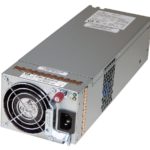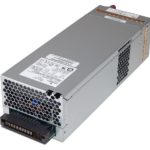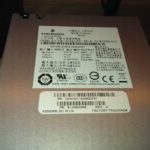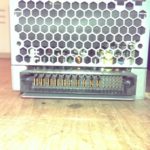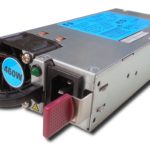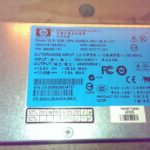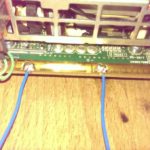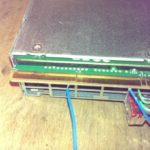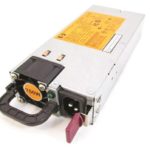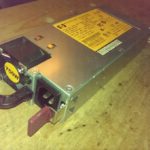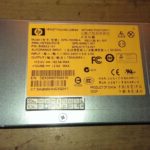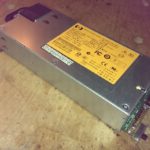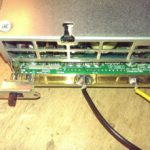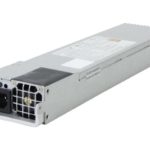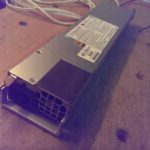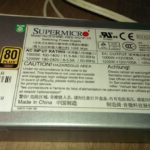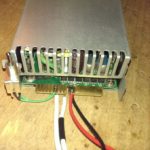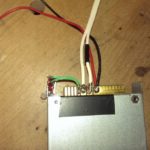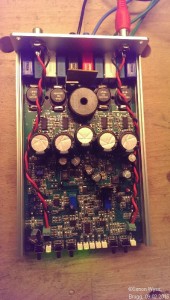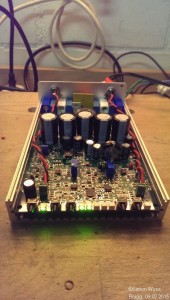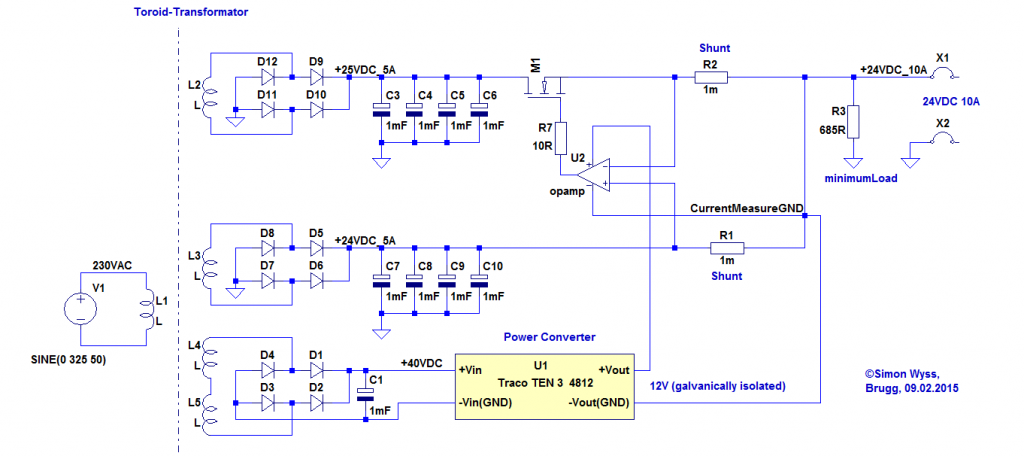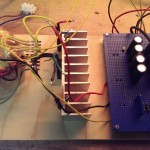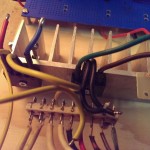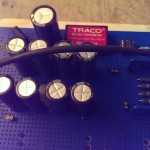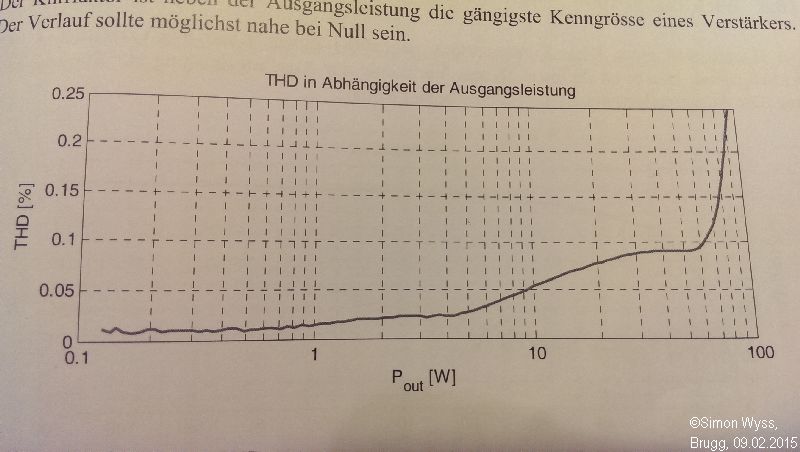While dumpster diving the electronic scrap I find always interesting parts.
Last week I found some rack server with hot swap power supply. I removed the power supplies and reverse engineered the pinout of them.
On the following pictures you see the power supply and their pinout.
At the moment there are only the power and power-on pins known. The other unknown pins could be SPI or I2C for handling status information of the power supply or to regulate the cooling fan speed.
The power-on pins are often the shorter pins. They have to be shorter, because if the power supply is hot plugged, they should connect last after all other pins are already connected.
EDIT (2017-10-11): By courtesy of JP Peiffer (Belgium)
He found a way to modify the HP DPS-460EB A (see below) to output 13.5V instead of 12V.
Modification: Change 9K09 resistor (on the right of the three potentiometers) on the piggyback controller board to 10k.
Now you can adjust the output voltage with the top right potentiometer to max 13.62V. At higher voltages, the overvoltage limiter kicks in. (IC/location of the limiter must be found).
To get safe startup, set the output voltage only to 1.5V. Other wise it hangs sometimes when booting, due to overshoots.
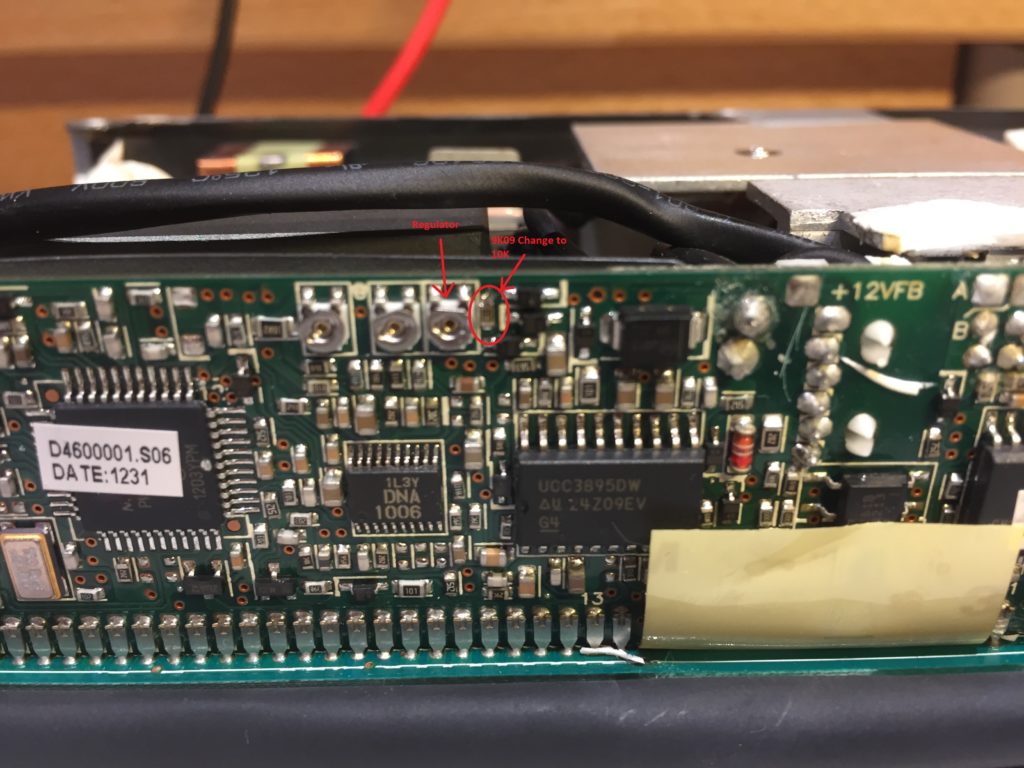
Power Supply Emerson 7001540-J000
+12V 40A
+5.1V 30A
3.36V STBY 0.45A
Power Supply HP DPS-460EB A
+12V 38.3A
12V STBY 2.5A
Power Supply HP DPS-750RB A
+12V 62.5A
+12V STBY 2.5A
Resistor Value in Picture “DC Plug Top View”: 100 Ohms
Power Supply Supermicro PWS-1K21P-1R
+12V 100A
+5V STBY 4A

